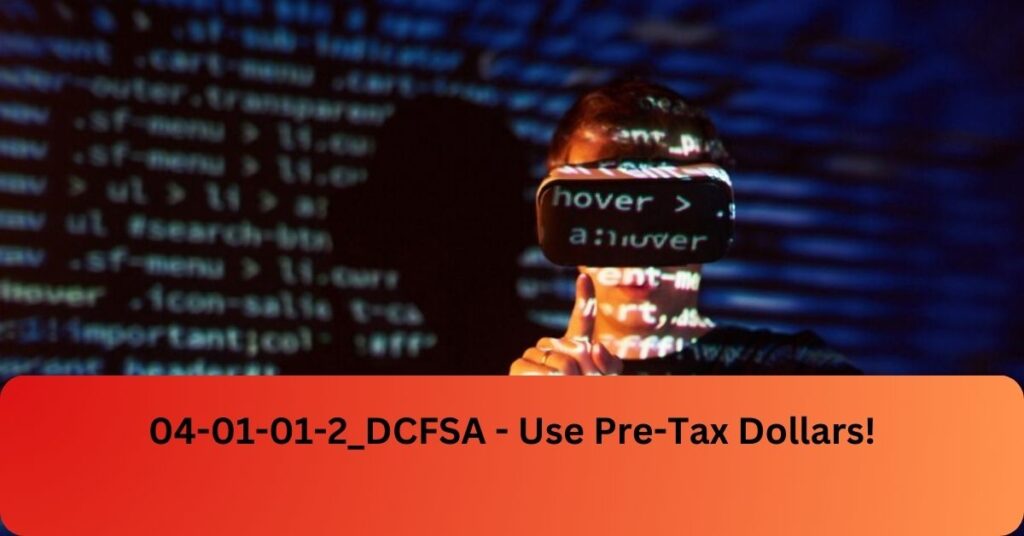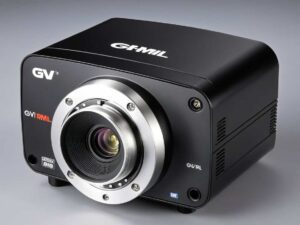04-01-01-2_DCFSA – Use Pre-Tax Dollars!

The 04-01-01-2_DCFSA refers to a specific type of Dependent Care Flexible Spending Account, which allows you to use pre-tax dollars to pay for eligible dependent care expenses, such as childcare for children under 13 or care for adult dependents. Contributions are tax-free, but there are annual limits and a “use-it-or-lose-it” rule for unused funds.
In this article, we will delve into the details of what 04-01-01-2_DCFSA represents, its applications, and its relevance.
What is 04-01-01-2_DCFSA?
The code “04-01-01-2_DCFSA” is a unique identifier used within a specific regulatory or administrative framework. To understand its full meaning, let’s break down each component of the code:
04: This typically represents a broad category or department within an organization or system.
01: The first segment of this identifier could indicate a sub-category or division within the broader category.
01: The repetition of “01” might signify a further subdivision, possibly a specific section or unit within the division.
2: This digit may denote a particular item or element within the section.
DCFSA: This acronym often stands for a specific term or name related to the code, such as Dependent Care Flexible Spending Account.
Importance of the 04-01-01-2_DCFSA Code for Compliance:
The 04-01-01-2_DCFSA code is important for ensuring compliance with tax regulations related to Dependent Care Flexible Spending Accounts. It helps in accurately tracking and managing the use of funds, ensuring that contributions and expenses are handled according to IRS rules.
This code supports proper documentation and adherence to guidelines, preventing errors and potential issues with tax reporting.
Applications of 04-01-01-2_DCFSA:
The code “04-01-01-2_DCFSA” is commonly used in administrative and regulatory contexts to streamline processes and ensure accurate identification. Here are some potential applications:
1. Administrative Records:
In large organizations, codes like 04-01-01-2_DCFSA help categorize and manage records efficiently. It simplifies the retrieval and organization of documents.
2. Financial Management:
In the context of financial systems, such codes can be crucial for tracking expenses, allocations, and reimbursements, particularly in employee benefits like Dependent Care Flexible Spending Accounts (DCFSA).
3. Compliance and Auditing:
Regulatory bodies use these codes to ensure compliance with laws and regulations. They facilitate accurate auditing and verification of records.
Importance of Dependent Care Flexible Spending Account (DCFSA):
Understanding the “DCFSA” part of the code is essential. A Dependent Care Flexible Spending Account (DCFSA) is a pre-tax benefit account used to pay for dependent care services, such as daycare, preschool, and summer camps. Here are some key points about DCFSA:
Tax Savings:
Contributions to a DCFSA are made pre-tax, lowering your taxable income. This reduction can lead to substantial tax savings. As a result, you keep more of your hard-earned money.
Qualified Expenses:
The account covers various dependent care expenses, including care for children under 13. It also includes care for adult dependents who cannot care for themselves. This flexibility helps manage essential care costs.
Contribution Limits:
There are annual limits on how much can be contributed to a DCFSA, which are set by the IRS.
How to Use 04-01-01-2_DCFSA Effectively:
To make the most of the 04-01-01-2_DCFSA code and its associated benefits, follow these steps:
1. Identify Eligible Expenses:
Make sure the expenses you want to pay with your DCFSA follow IRS rules. This includes care for children under 13 or adults who need help. Confirming this helps you use your DCFSA correctly.
2. Keep Detailed Records:
Save all receipts and documents for the dependent care expenses you pay. This is important for getting your money back from the DCFSA and making sure you’re following the rules.
3. Watch Contribution Limits:
Be aware of the yearly limits for how much you can put into your DCFSA. For 2024, it’s $5,000 if you’re married and filing taxes together, or $2,500 if you’re single or married but filing separately. Staying within these limits helps you maximize your tax savings and avoid penalties.
4. Plan Ahead:
Estimate your dependent care expenses for the year to determine an appropriate contribution amount. Unused funds in a DCFSA may be forfeited, so careful planning is essential.
Implementing the 04-01-01-2_DCFSA code can be challenging in several ways:
1. Complex Regulations:
The rules and requirements can be hard to understand.
Solution: Get help from a knowledgeable benefits expert who can explain the rules and ensure you follow them correctly.
2. Tracking Expenses:
Keeping track of eligible expenses and managing contributions can be difficult.
Solution: Use simple tracking tools or apps to keep accurate records and stay organized.
3. Understanding Limits:
It can be tricky to stay within the annual contribution limits and use funds properly.
Solution: Regularly check your account and contribution limits to avoid exceeding them and to make the most of your tax savings.
Who Should Consider a 04-01-01-2_DCFSA?
A 04-01-01-2_DCFSA is ideal for individuals or families who have dependent care expenses, such as childcare for children under 13 or care for adult dependents who cannot care for themselves. It benefits those who want to reduce their taxable income and save money on dependent care costs.
If you’re looking to manage and offset the costs of care services efficiently, this account can be a valuable tool.
Essential Guidelines for Managing Your 04-01-01-2_DCFSA:
Use-It-or-Lose-It Rule:
You need to use the money in your DCFSA by the end of the year, or you might lose it. Some plans offer a short grace period or allow you to carry over a small amount, but generally, unused funds will be forfeited.
Contribution Limits:
There are limits on how much you can put into a DCFSA each year. For 2024, you can contribute up to $5,000 if you’re married and file taxes together. If you’re single or married and file separately, the limit is $2,500.
Eligible Expenses:
You can use DCFSA funds for a variety of dependent care costs. This includes things like daycare for children under 13 and care for adult dependents who need help. Make sure the expenses you plan to cover are qualified under IRS rules.
FAQs:
1. What does the code 04-01-01-2_DCFSA signify?
The code 04-01-01-2_DCFSA represents a specific identifier used in administrative and regulatory contexts, often related to Dependent Care Flexible Spending Accounts.
2. What is a Dependent Care Flexible Spending Account (DCFSA)?
A DCFSA is a pre-tax benefit account used to pay for eligible dependent care expenses, such as daycare and preschool, reducing taxable income.
3. What expenses are eligible for reimbursement through a DCFSA?
Eligible expenses include care for children under 13, adult dependents who cannot care for themselves, and services like daycare, preschool, and summer camps.
4. What are the contribution limits for a DCFSA?
The IRS sets annual contribution limits for DCFSA accounts. For 2024, the limit is typically $5,000 per household.
5. How can I maximize the benefits of my DCFSA?
To maximize your DCFSA benefits, carefully estimate your annual dependent care expenses, monitor contribution limits, and keep accurate records of all eligible expenses.
6. What happens if I don’t spend all the money in my 04-01-01-2_DCFSA?
If you don’t spend all the money in your 04-01-01-2_DCFSA by the end of the year, you may lose the unused funds. Some plans offer a short grace period or allow a small carryover, but generally, unused money is forfeited.
Conclusion:
The 04-01-01-2_DCFSA helps you pay for dependent care with pre-tax money, saving you on taxes. It’s important to spend the money by the end of the year or you might lose it. Knowing the annual limits and keeping track of your expenses can help you make the most of this benefit.







